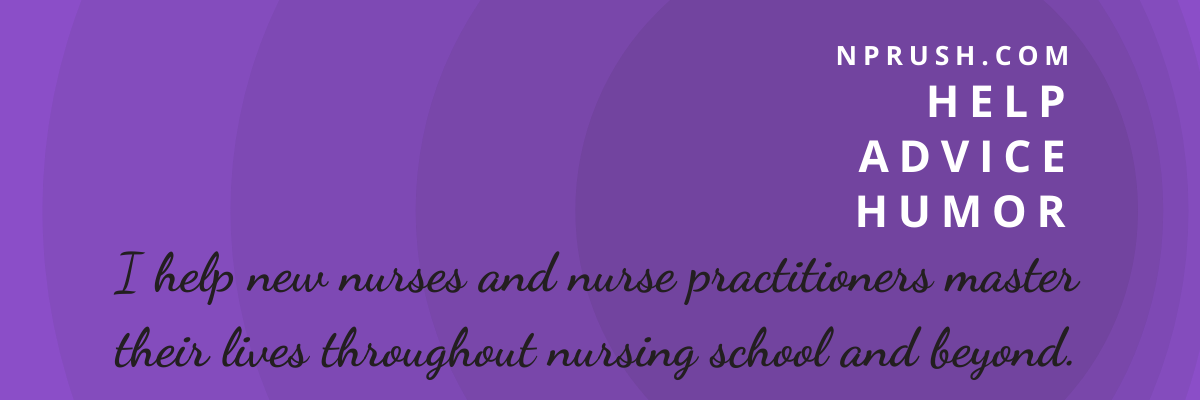At any given time, in just about any hospital in the United States sick people may be unknowingly at the mercy of students: medical residents, surgical residents, nursing students, nurse practitioner students, respiratory therapist students, pharmacy students . . . you name it.
It’s not that these students aren’t being supervised, they are, but often from various distances.
Taking care of real patients
The best way for students to learn is hands-on with real humans because, unfortunately, it requires practice to learn how to take care of sick people.
But the practice doesn’t come all at once, there’s a learning curve. Initially, it comes with direct supervision and a plethora of questions. Then oversight widens into graduated responsibility and spot checks. This is called deliberate practice and it’s what turns conscious learning into unconscious knowledge. It’s what turns nursing students into nurses and residents into doctors.
The reality is this: in medicine, the learning curve presents more like a hamster wheel.

Patients pay the price
Some 20 years ago, I was a nursing student on the med-surg floor at a large teaching hospital. I was assigned a patient I had never met before and paired with a medical resident to assist. The resident looked about 14-years-old, with shaggy brown hair, yet he assured me he graduated medical school.
I followed him into the patient’s room. Without introducing himself, he walked up to the bedside mumbling a vague greeting while grabbing and pulling the sheet covering the patient. The patient screamed at the top of her lungs.
This poor woman had just completed abdominal surgery two days ago and it is very common to have numerous tubes protruding from your abdomen following these types of surgeries.
She had two Jackson-Pratt drains, one T-Tube, and a Foley catheter, not to mention the surgical incision itself. Although the resident had missed the tubes and incision in his jerking of the covers and no harm was done, thank goodness, she was furious! With a red face, she yelled at him about how easily one of the tubes could have been pulled out by him yanking the sheet off of her.
Lesson 1
Although the resident never actually taught me anything, that moment was teachable and memorable because it was a vital lesson for me: do not touch a patient without permission, ever! Needless to say, the emotional impact of the patient’s response is well imprinted on my hypothalamus. She had every right to be upset about the encounter.
Lesson 2
I also learned a lot watching the resident attempt to recover from his gaffe. Professionals should immediately own up to their mistakes – lesson learned for me! This resident hee-hawed around a proper apology for some time. He kept trying to explain his actions to the upset patient, instead of immediately apologizing and starting over.
The patient would have no part of his excuses (good for her, I say) and for several minutes things escalated because of the poor response of the resident. Trying to explain away your actions or words is never an appropriate response to an upset individual, let alone when that person is your patient.
Perhaps this resident just needed more practice with post-surgical patients.

Practice and more practice
Practice is what makes a solid medical provider but not at the expense of the patient. Medical ethics and public outcries insist that patients have a right to the best care possible above and beyond the objectives of those in training.
However, there are studies that have shown that patients in teaching hospitals have better outcomes than those in non-teaching hospitals. This is likely related to a few differences.
- First, students are more eager. They ask more questions and take more time. They are privy to the latest textbooks and research. They are more persistent and willing to spend additional time searching for answers. They haven’t yet lost the thrill of the hunt.
- Second, there are just more people paying attention to the patient. The more the disease or condition of the patient is reviewed, the less likely something will be missed.
Someone has to pay the hefty learning tolls
Patients benefiting from students may be hard to grasp because, when it’s all said and done, patients are the ones who have the most to lose from student mistakes.
Mistakes are a part of practicing and practicing is what students do. On the one hand, if there were no students, healthcare would never have any experts. On the other hand, just like the med-surg patient with all the abdominal tubes, someone has to pay those hefty learning tolls.
Practicing as a nurse practitioner
Then, twenty-some years later, I was a student again — a nurse practitioner student. Thanks to the shaggy-haired resident, I still approach every patient I encounter with an introduction and request permission to touch them. I made sure the patients knew that I was a nurse practitioner student working with their provider.
Practicing the art of medicine as a nurse practitioner student meant I was willing to let my preceptor follow and critique my actions. When the procedure I just completed continued to be a mystery to me, I was willing to practice more.
I believe it’s not talent that makes a great nurse practitioner it’s the practicing, the consistent reaching for perfection, and the focusing on the best outcomes for patients no matter where I am on the hamster wheel.
Cheers!






